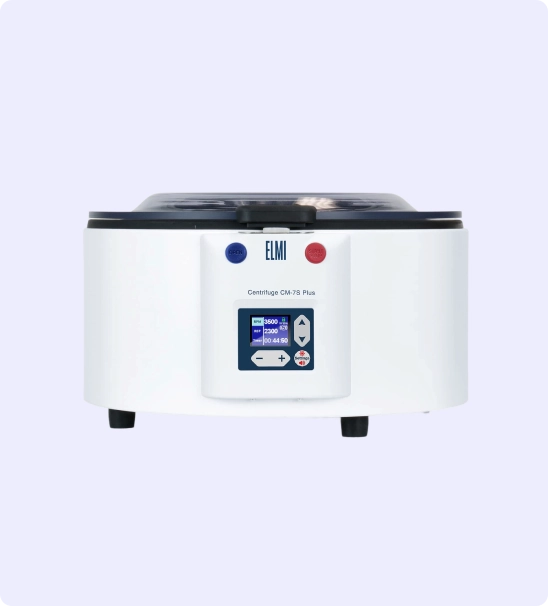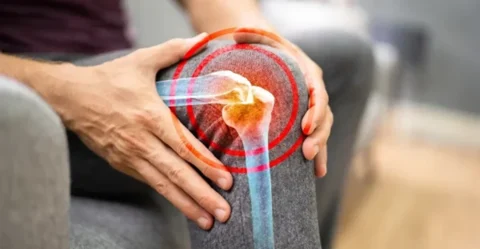Not all patients with androgenic alopecia are willing to get a hair transplant surgery. One treatment that has promising benefits for reversing hair loss in a minimally invasive way is PRP therapy. But although it’s non-surgical, there is still some discomfort from the procedure which is commonly associated with the use of needles for the injections. To ensure a patient’s comfort, it’s important to know which needle length and size to use for the PRP treatment.
So can you administer PRP injections with a 32-gauge needle? Yes, as most PRP treatments can be done using 27-gauge, 30-gauge, or 32-gauge needles. The needle width and size play an important role in determining the level of injection pain. Needles with a high gauge number, like 32G hypodermic needles, have thinner diameters which can mean lesser pain for a more comfortable PRP procedure.
Should You Use a 32-Gauge Needle for PRP Treatment for Hair Loss?
One of the common advantages of PRP treatments for hair loss is that it is minimally invasive. Unlike a hair transplant procedure, it doesn’t require any incisions and only involves a series of injections into the scalp. These injections contain numerous platelets and growth factors that will promote tissue regeneration and stimulate the dormant follicles to regrow healthy hair.
The PRP procedure has three main steps and two of them require the use of needles. The first step is the blood extraction through venipuncture and this typically uses a 21-gauge or 23-gauge needle. The other step is the injection proper where the PRP serum is placed on the areas with hair thinning or hair loss.
The scalp injection part may be a little painful but it can be managed with the application of a topical numbing cream. However, there’s a study that suggests that the anesthetics’ effects to reduce pain may compromise the restorative and therapeutic properties of the PRP injections.
For that reason, the researchers of the said study recommend that choosing the appropriate needle type can be a better way to minimize injection pain without risking the benefits of PRP. Using needles with higher gauge numbers such as 30G to 32G can contribute to a less painful injection experience.
Why Use a 32-Gauge Needle for PRP Hair Treatment
When it comes to needle selection, the general rule is that higher gauges have thinner needles. In that sense, hypodermic 32G needles have finer and narrower needles compared to those with smaller gauges such as 18G, 20G, and 23G. Here are some of the main reasons why a 32-gauge needle is suited for PRP hair loss injections:
- Better for intradermal and subcutaneous injections: The PRP serum can be injected via intradermal or subcutaneous application into the scalp. Intradermal means placing the injections into the dermis, while subcutaneous refers to injecting the PRP solution into the tissues. The thin diameter of a 32G needle makes it easier to deliver the platelet injections into the scalp with reduced chances of bruising, bleeding, or pain.
- Fewer risks of serious complications: Aside from being less painful, 32G needles may be a safer option for scalp injections. The use of longer and larger needles may increase the patient’s discomfort during the procedure. It may also potentially cause adverse effects such as scar tissue on the scalp or injury to blood vessels and nerves.
- Adjustable needle length settings: 32-gauge needles also come in various needle lengths, depending on the type of injection technique that will be done. For PRP hair treatments, the serum can be injected into the scalp with a maximum depth penetration of about 4 to 6mm.
Will the Needle Size Affect the Quality of Platelets in PRP?
The effectiveness of PRP injections for hair loss largely depends on the concentration of platelets after centrifugation. Since needles play a huge part in the PRP procedure, it’s common to know whether their length and size will affect the functionality of the platelets.
While it can take a longer time to inject the serum with small-bore needles, they will have no influence on the effects of PRP for hair stimulation and the production of collagen for hair regrowth. They won’t also affect the platelet count and the number of growth factors that will be released on the scalp.
To ensure the quality of the platelets in a PRP injection, there are other factors that you should take note of. Some of the factors that can affect the yield of the final PRP product and its results:
- Blood draw process: It’s important to use larger needles during blood extraction to avoid unintentional platelet activation and clotting.
- Centrifugation: This is the process where the platelets are isolated from the red blood cells and white blood cells. The centrifugation time and speed may affect the platelet concentration of the final PRP serum. On average, blood should be centrifuged for about 10 minutes to achieve optimal platelet viability.
- Temperature: The temperature at which blood was processed may also influence platelet quality. Some studies show that maintaining a temperature of at least 12°C-16°C may help achieve better platelet concentration.
- Method of activation: This is an important process to ensure the release of growth factors such as the endothelial growth factor, platelet-derived growth factor, and other essential proteins and cytokines from activated endothelial cells and monocytes.
- Use of anesthetics: During the PRP procedure, the use of anesthetics may negatively affect the platelet activation status, platelet aggregation rate, and the efficiency of the injections. There are also significant effects of anesthetics on platelet functionality.
Why Is It Important to Choose the Right Needle Size?
Aside from ensuring the success of the PRP injections, providers should take measures to guarantee the safety and comfort of the patient during treatment sessions. A topical anesthetic can still be used but it should be minimized as much as possible.
Instead, injectors should opt to administer the procedure by using appropriate needles. The use of a 32-gauge needle during PRP treatment can help ensure the smooth and virtually painless delivery of the serum into the scalp. Having the right needle size, depth, and length can also minimize the possible downtime and side effects from the treatments.
Different Types of Medical Needles and Its Uses
Medical needles come in different types according to their intended applications. Some of the common types of medical needles are:
- Hypodermic needles: These are needles with a hollow tube and a sharp tip. It is mostly used for delivering a liquid solution via the intradermal injection technique. The recommended needle for intradermal injections is small-bore needles with 26G, 28G, 30G, or 32G.
- Intravenous needles: These are used when administering an injectable drug solution into the veins. Some of the common intravenous needles are 20G, 22G, or 24G needles.
- Intramuscular needles: These are used for injecting a liquid medication deep into the muscles. Needles with 20G to 22G can be used for intramuscular injections.
- Subcutaneous needles: When injecting the fatty tissue beneath the skin, it’s best to use needle gauges of 25 to 30.
THE PERFECT NEEDLES FOR YOUR PATIENTS. CODE “20OFF” FOR 20% OFF YOUR FIRST ORDER!
FACE Med Store supplies countless doctors and clinics with all their supplies, including top-of-the-line hypodermic needles. Get your hypodermic needles at 20% off today!

Reminders When Injecting PRP Into the Scalp
Injecting PRP for hair restoration is no different from when it is used for treating damaged and aged skin and improving acne scars. Here are some tips for administering PRP for hair growth and scalp rejuvenation:
- Consult first with the patient and ensure that they are a good candidate for the treatment. Those who have low platelet counts, bleeding conditions, skin cancers or other autoimmune disorders may not be qualified to receive PRP.
- Take about 10 to 15 mL of whole blood for centrifugation and PRP preparation.
- Inject the PRP serum using either the intradermal or subcutaneous injection technique.
- Use a 30 gauge or 32 gauge needle to inject the PRP solution into the areas with hair loss.
- On average, a patient will require 3 to 4 sessions for their initial round of treatment. Additional treatments may be scheduled once or twice a year to maintain the hair growth effects of PRP.
PEP Factor for Hair Restoration: An Alternative Treatment for PRP Injections
Although PRP is an effective treatment for hair loss, the process of preparing and injecting it into the scalp can be tedious for the provider. It can also be a slightly intimidating procedure, especially for individuals who have a fear of needles and don’t want to experience significant injection pain.
For aesthetic clinics and patients who want a more convenient and injection-free hair rejuvenation solution, PEP Factor can be a possible alternative. PEP Factor contains a proprietary mix of fibroblast growth factors, copper peptides, and other nutrients that can help improve scalp and follicle conditions and promote healthy hair growth.
The use of PEP Factor products eliminates the need for bloodwork and injections. It comes in a topical formulation so it can be applied to the scalp without the use of needles. The important thing to consider is to get your PEP Factor supply from a reliable and certified distributor to guarantee the quality of treatment and provide desirable results.
Shop High-Quality Hypodermic Needles and Other Medical Tools from FACE Med Store
When administering PRP hair treatment, it’s ideal to use higher gauges, small-bore needles like 30 and 32G to reduce the potential injection pain during the procedure. However, even using the smallest needles may still have some discomfort after the treatment session. Another way to encourage hair growth without the injection pain is with the help of topical PEP Factor products.
FACE Med Store is a leading distributor of high-quality PEP Factor for hair and scalp rejuvenation. We also offer other medical-grade tools and supplies that your medical or aesthetic practice will need to provide the best treatment to your clients. For more information on our products and stocks, contact us today.
















